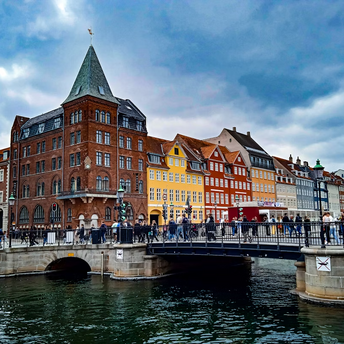Istria's Timeless Traditions: Pula's Living History and Cultural Persistence

In Croatia's Istrian peninsula, ancient traditions are not only preserved; they thrive, woven into the fabric of daily life and celebrated with a vibrant pride that ensures their continuance for generations to come. The city of Pula, with its historic Roman architecture and dynamic cultural scene, stands as a testament to the region's enduring heritage.
A Glimpse into Pula's Historical Tapestry
Pula, Istria's largest city, is famous for its well-preserved Roman amphitheater, a colossal structure dating back to the first century, known locally as Pietas Julia. The amphitheater, originally built by Emperor Vespasian as a tribute to his lover Antonia, today hosts a myriad of events from film festivals to concerts, demonstrating the seamless blend of ancient and modern influences that characterizes the city.
The Cultural Heartbeat of Istria
Beyond its architectural wonders, Istria is renowned for its distinctive music, language, and dance. These elements are celebrated vigorously in local festivals and performances, showcasing Istrian folk music's unique microtonal polyphony, which has been recognized by UNESCO. This music style, characterized by its use of narrow intervals and two-part harmony, is a profound expression of the region's unique cultural identity.
Exploring Istria's Multifaceted Identity
Istria's complex history is reflected in its diverse cultural influences. Having been ruled by various powers from the Austrian Empire to Italy and Yugoslavia, the region has developed a rich cultural tapestry that is distinctly Istrian. Locals, like Vesna Jovicic, a Pula guide, emphasize this unique identity, explaining that while technically Croatian, Istrians feel a profound connection to their own distinct heritage.
Savoring Istrian Culinary Delights
Culinary traditions also play a vital role in Istrian culture. The region is famed for its olive oil, which Pliny the Elder once praised as the second-best in the Roman Empire. Istrian pršut, a type of cured ham, is another local specialty, dried by the bora winds that sweep across the peninsula, adding a unique flavor that is cherished by gourmets.
Folklore and the Future
The commitment to preserving and celebrating Istrian culture is palpable not only in Pula but across the peninsula. From the old town's cobblestone streets to the vibrant performances of traditional dances and music in the town squares, every corner of Istria echoes with the spirit of its past. Local initiatives, such as the KUD Uljanik cultural association, play a crucial role in keeping these traditions alive, ensuring that Istria's cultural heritage remains a vibrant part of its contemporary identity.
Conclusion: Istria's Living Heritage
Istria’s approach to preserving its heritage—respectful yet dynamic—serves as a model for cultural preservation worldwide. In Pula and beyond, the past is not merely remembered; it is lived, ensuring that these age-old traditions will continue to enrich the lives of Istrians and visitors alike for many years to come.



















